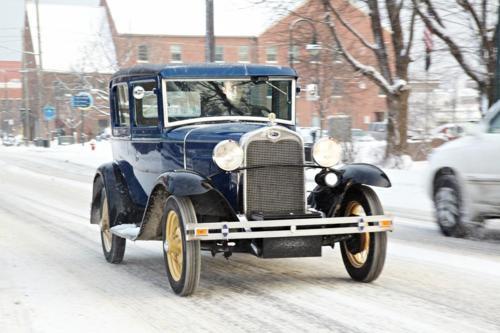MondoFW
Practically Family
- Messages
- 852
I apologize if this has already been covered here. For years, I have shown interest in vintage cars and have been open to owning one, even if it can only be used as a weekend driver these days. Whether or not vintage cars (I consider this to be pre-1970's) can be reliable and safe is a rather polarized discussion, so I want to know what you guys think. I have not been behind the wheel, but when I have driven for long enough and have attained enough mechanical know-how, I would love to purchase a golden era vehicle eventually. Can these babies be driven as dailies on the modern roads?

